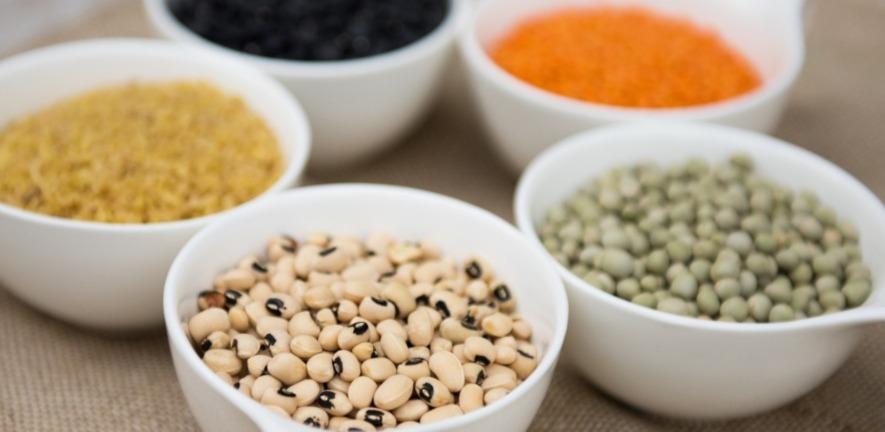
Submitted by A.B. Youngman on Fri, 10/02/2023 - 14:32
To mark World Pulses Day on Friday 10th February, Dr Nadia Radzman, Research Associate at the Sainsbury Laboratory, University of Cambridge, explains why pulses deserve our attention.
Each year on February 10, the United Nations commemorates what probably sounds to many like a strange occasion: World Pulses Day.
But, as a researcher focused on forgotten and underutilised legumes, I think the initiative is an important step towards food security. Getting people to eat more pulses can ultimately help achieve UN Sustainable Development Goal 2: Zero Hunger.
First, for clarification, “legumes” and “pulses” have different meanings. “Legumes” are all plants belong to the family Leguminosae or Fabaceae, while “pulses” are the dried seeds of legume plants. Pulses include beans, lentils and chickpeas.
One reason that legume plants offer such promise in ending hunger is that they don’t need good soil or nitrogen fertilisers. Plants need nitrogen to build important molecules such as protein and DNA. Most legumes can thrive in poor soil by fixing nitrogen gas from the air for their own use. This happens through symbiotic interaction with friendly bacteria known as rhizobia. The rhizobia are housed inside structures called nodules on the plant’s roots.
Thanks to their nitrogen-fixing ability, pulses are nutritional powerhouses: high in protein and fibre, and low in fat.

